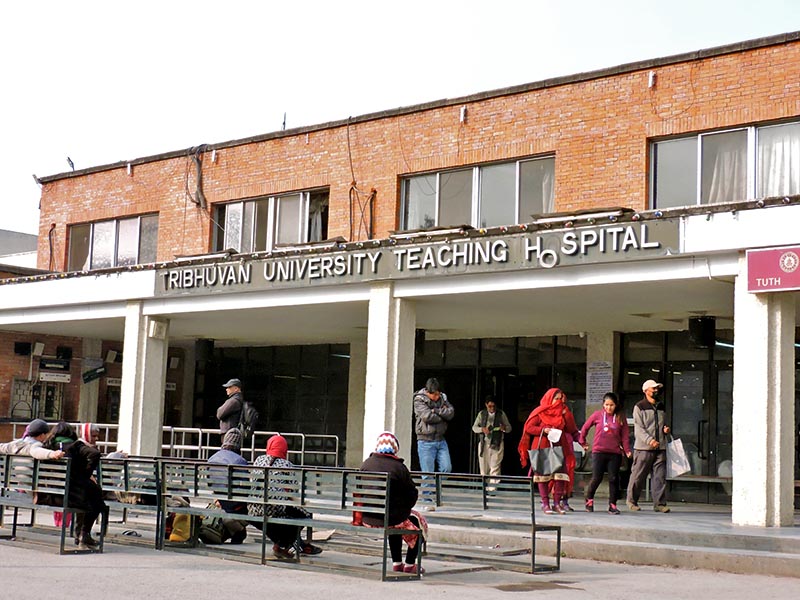Women more prone to vitamin D deficiency: Doctors
Kathmandu, August 13
Four out of five persons visiting public hospitals for treatment are diagnosed with vitamin D deficiency, which causes osteomalacia – the softening and weakening of bones.
According to doctors, the high prevalence of vitamin D deficiency is assumed to result from inadequate exposure to the sun, which results in the development of osteoporosis — weakening of bones and it also leads to rickets — a bone disease among children resulting in bow legs.
A study carried out by Tribhuvan University Teaching Hospital among 182 patients (106 male and 76 female) visiting the out-patient department from September 2014 to December 2015 revealed that 81 per cent had vitamin D deficiency.
Another retrospective study conducted by Chitwan Medical College, Bharatpur, from April 2015 to December 2016 among 108 children and adolescents visiting its OPD shows 74.1 per cent with vitamin D deficiency.
The study reveals that the prevalence of vitamin D deficiency was found to be higher in females i.e. 95.2 per cent.
Females are more prone to vitamin D deficiency as there is a very low intake of nutrition in them, said Dipendra Pandey, consultant orthopaedic at Bir Hospital.
Women are usually found to be suffering from vitamin D deficiency after menopause because of lack of estrogen hormone. They are at high risk of suffering from weakening of bones, said Khem Raj Bhusal, consultant physician at Green City Hospital, Basundhara.
Vitamin D is also deficient in kidney and liver patients. “Kidneys and liver help in absorbing vitamin D. But when there are problems with kidneys and liver, vitamin D deficiency increases. When the digestive tract cannot adequately absorb vitamin D, chances of vitamin D deficiency increases,” said Dr Binod Kumar Yadav, chief of Department of Biochemistry at the Institute of Medicine, TUTH.
Vitamin D deficiency is also seen in those who apply sunscreens. Application of sunscreen prevents vitamin D absorption, Pandey said.
Vitamin D deficiency results in weakening of muscles, abnormal contraction, muscle cramps and pain in the bones. There are risks for bone fractures. Vitamin D is necessary for bone density growth to increase immunity and to fight pneumonia. It helps to maintain bone health by regulating calcium concentration in the body, added Pandey.
Houses in the city areas are attached leaving no space for sunlight and people prefer staying indoors. The colour of the skin of the Nepali people is darker, because of which there is less penetration of sunlight leading to vitamin D deficiency, said Bhusal.
Intake of junk food and malnutrition are other reasons. Genetic factors too play an important role in maintaining the required level of Vitamin D, said Yadav.
There are at least 30 people visiting the medical store daily to buy vitamin D tablets. The number was five or six, a couple of years before, said Kiran Kumar Shrestha, one of the staffers at Prakash Pharmacia Pvt Ltd, Teku.
Doctors advise people to sit under the sun to minimise the risk of vitamin D deficiency. Increasing urbanisation and changing food habits are also contributing factors for the decreasing level of vitamin D, they say.
Though the number of people with vitamin D deficiency is on the rise, the government has yet to take any initiative to curb this.
“The evidences are increasing of late. There are no programmes now. If any interventional strategies are used globally we too will be using it,” said Mahendra Shrestha, spokesperson for the Ministry of Health and Population.
Exposure to sunlight and consumption of milk, milk products, fish and egg yolk helps maintain vitamin D levels, advised doctors.






